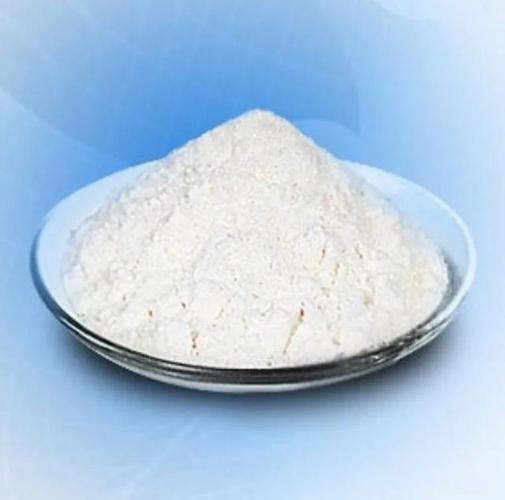
How can we prevent microbial contamination in pharmaceutical production?
Preventing microbial contamination in pharmaceutical production is crucial to ensure product safety, efficacy, and regulatory compliance. Here are comprehensive strategies to achieve this goal:
1. Personnel Management
Personnel are a significant source of microbial contamination. Effective measures include:
Training: Ensure all staff are well-trained in hygiene practices, gowning procedures, and contamination prevention protocols.
Personal Protective Equipment (PPE): Workers in sterile areas must wear specialized PPE, including sterile gowns, gloves, masks, and shoe covers.
Hygiene Practices: Enforce strict hand hygiene, prohibit eating or drinking in production areas, and require personnel to follow proper gowning procedures.
2. Facility Design and Maintenance
The design and maintenance of manufacturing facilities play a vital role in contamination control:
Cleanrooms: Use purpose-built cleanrooms with controlled environments, including HEPA filters to maintain air quality.
Air Quality Management: Regularly monitor and maintain air filtration systems to prevent the ingress of airborne contaminants.
Segregation: Implement physical barriers like airlocks and pass boxes to prevent contamination transfer between areas of different cleanliness levels.
3. Environmental Monitoring
Regular environmental monitoring is essential to detect and control microbial contamination:
Air and Surface Sampling: Conduct routine air sampling and surface swabbing to identify microbial levels.
Advanced Detection Tools: Use automated microbial detection systems and particle counters to provide real-time data on potential contamination events.
4. Cleaning and Disinfection
Maintain a rigorous cleaning schedule to minimize microbial contamination:
Routine Cleaning: Regularly clean and disinfect equipment, surfaces, and floors with appropriate disinfectants.
Sanitization Protocols: Develop and follow comprehensive cleaning and decontamination protocols, especially after contamination events.
5. Material and Equipment Control
Ensure raw materials and equipment are free from microbial contamination:
Raw Material Testing: Inspect and test incoming raw materials for microbial contamination before use.
Equipment Sterilization: Regularly sterilize equipment using methods like steam, dry heat, or radiation.
Storage Conditions: Maintain proper storage conditions (e.g., temperature, humidity) to prevent microbial growth.
6. Process Control
Implement strict process controls to prevent contamination during production:
Segregation of Processes: Use dedicated equipment and segregated areas for different products to prevent cross-contamination.
Validation and Monitoring: Regularly validate and monitor manufacturing processes to ensure they remain free from microbial contamination.
7. Regulatory Compliance
Adherence to Good Manufacturing Practices (GMP) is essential for contamination control:
GMP Guidelines: Follow GMP principles, which provide a comprehensive framework to prevent microbial contamination at every stage of production.
Regular Audits: Conduct internal and external audits to ensure compliance with regulatory standards.
Conclusion
Preventing microbial contamination in pharmaceutical production requires a multi-faceted approach that includes personnel training, facility design, environmental monitoring, cleaning protocols, and strict regulatory compliance. By implementing these strategies, manufacturers can significantly reduce the risk of contamination, ensuring the safety and quality of their products.
 How can we prevent microbial contamination in pharmaceutical production?
How can we prevent microbial contamination in pharmaceutical production?
 What are the common contaminants found in raw materials?
What are the common contaminants found in raw materials?
 How to ensure the quality and purity of raw materials?
How to ensure the quality and purity of raw materials?
 What are pharmaceutical raw materials ?
What are pharmaceutical raw materials ?
